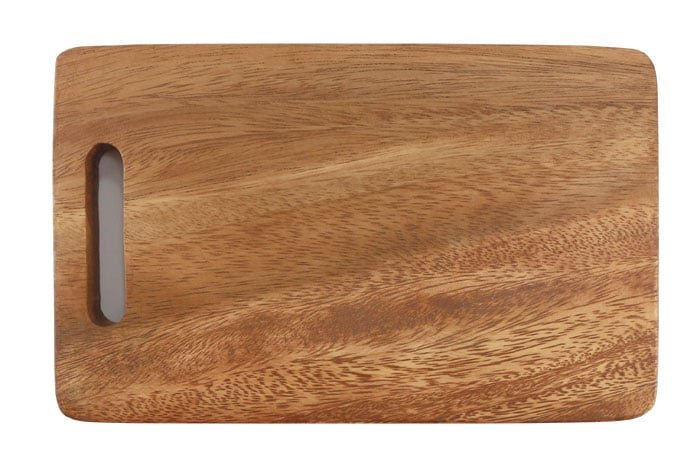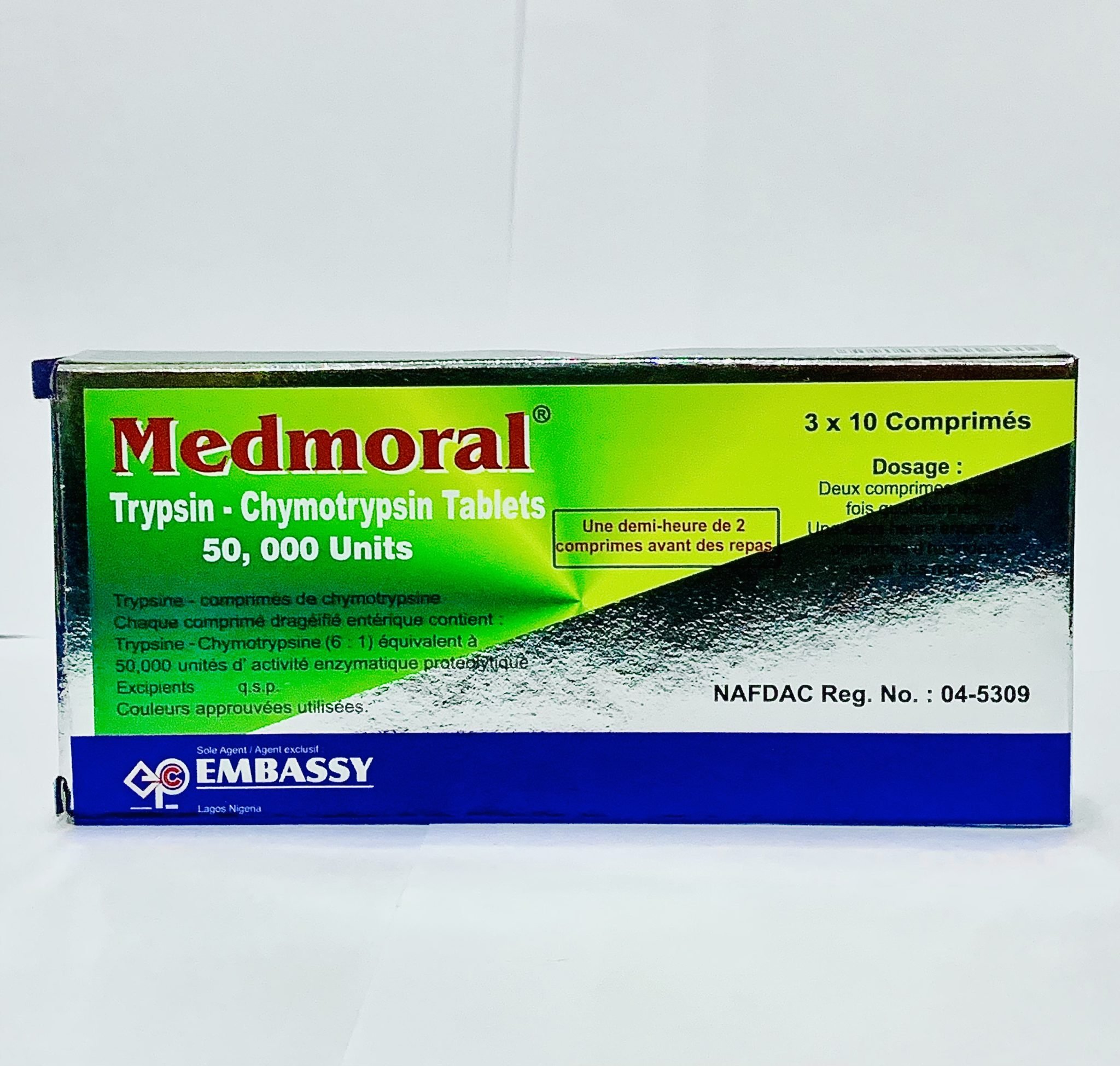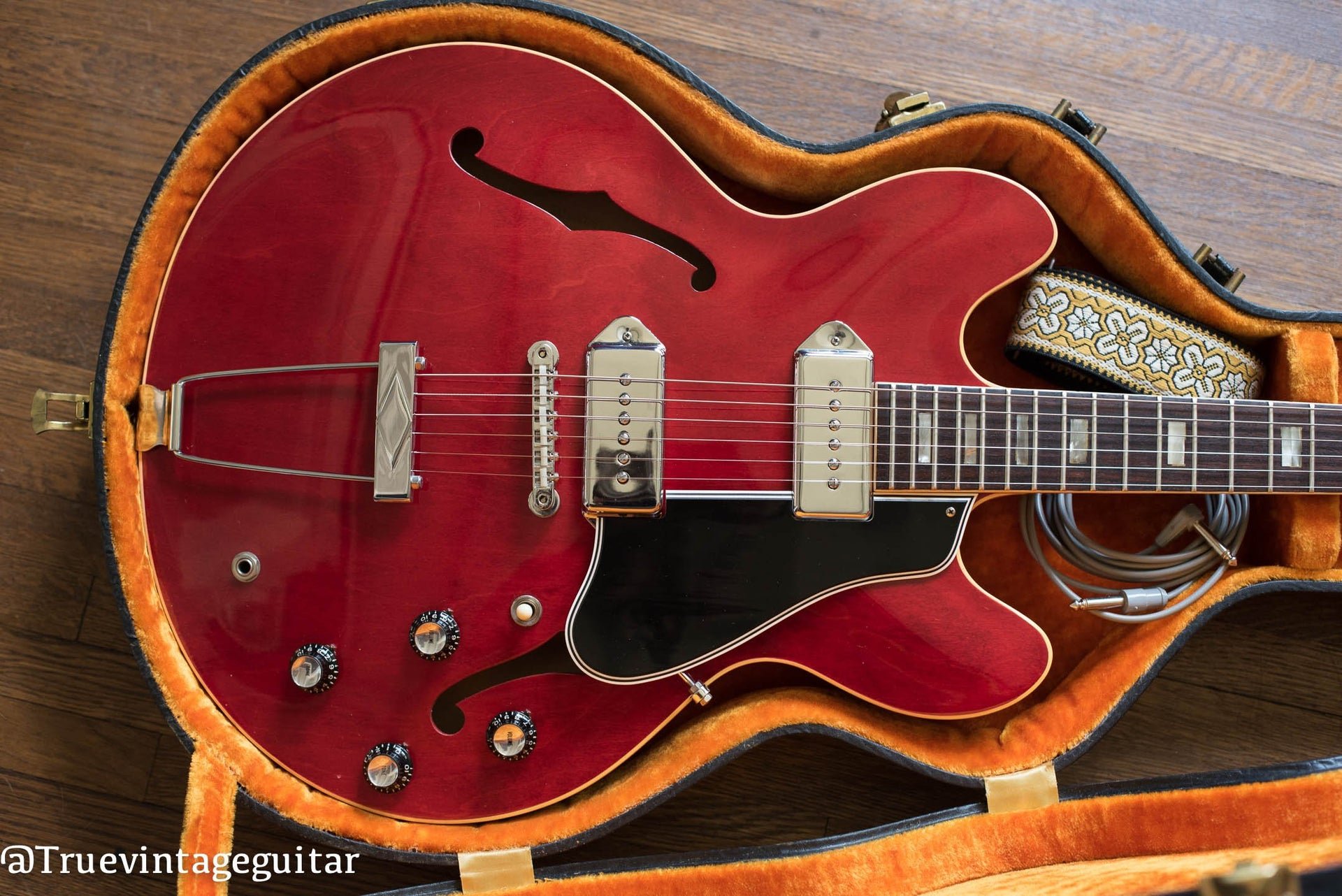
Looking for the perfect chopping board? Look no further! A good chopping board is an essential tool in any kitchen, providing a sturdy surface for all your food prep needs. Whether you prefer wooden or plastic, the right chopping board can make a world of difference in your cooking routine. Stay tuned to discover the benefits of different types of chopping boards and how to choose the best one for your kitchen. Let’s chop away!
The Ultimate Guide to Chopping Boards: Everything You Need to Know!
Introduction to Chopping Boards
When it comes to cooking, one of the essential tools every chef needs is a good chopping board. Chopping boards are a versatile and indispensable item in any kitchen, whether you are preparing a simple salad or whipping up a gourmet meal. In this comprehensive guide, we will take a closer look at chopping boards, their types, materials, maintenance, and much more. So, let’s dive right in!
Types of Chopping Boards
Chopping boards come in various types, each designed for specific purposes. The two main categories are wood and plastic chopping boards.
Wood Chopping Boards
Wooden chopping boards are classic and popular among chefs for their durability and natural appeal. They are gentle on knives, which helps maintain sharpness. Additionally, wood has natural antimicrobial properties, making it a hygienic choice for food prep.
Plastic Chopping Boards
Plastic chopping boards are lightweight, affordable, and easy to clean. They come in various colors, allowing for color-coding to prevent cross-contamination when handling different types of food. However, plastic boards may develop cuts and scratches over time, providing a breeding ground for bacteria if not properly maintained.
Choosing the Right Chopping Board
When selecting a chopping board, consider factors such as size, material, durability, and maintenance requirements. Wood and plastic are the most common materials used for chopping boards, but you can also find bamboo, glass, and composite materials.
Size Matters
Ensure your chopping board is large enough to comfortably chop ingredients without overcrowding the surface. A bigger board provides more workspace and prevents food from spilling over the edges.
Material Considerations
Decide on a material based on your preferences and needs. Wood is great for aesthetics and knife maintenance, while plastic is practical and easy to clean. Bamboo is an eco-friendly option, and glass boards are sanitary but can dull knives quickly.
Durability and Maintenance
Choose a chopping board that is durable and easy to maintain. Wood boards require occasional oiling to prevent drying out and warping. Plastic boards can be cleaned in the dishwasher but may need replacement more frequently due to wear and tear.
Caring for Your Chopping Board
Proper care and maintenance are crucial to prolonging the life of your chopping board and ensuring food safety.
Cleaning Tips
After each use, wash your chopping board with hot, soapy water and dry it thoroughly to prevent warping. Avoid soaking wooden boards and sanitize plastic boards with a mixture of water and vinegar.
Removing Odors and Stains
To remove odors and stains, sprinkle baking soda on the board, scrub with a lemon half, and let it sit for a few minutes before rinsing. For tough stains, use a paste of baking soda and water.
Oiling Wooden Boards
To maintain the luster of wooden boards, apply food-grade mineral oil or beeswax regularly. This helps prevent drying, cracking, and absorption of odors.
Using Chopping Boards Safely
Safety is paramount when using chopping boards to prevent accidents and food contamination.
Proper Knife Techniques
Always use a sharp knife to reduce the risk of slipping and cutting yourself. Hold the knife with a firm grip and use a cutting motion away from your body to avoid injuries.
Secure the Chopping Board
Place a damp cloth or a non-slip mat under the chopping board to prevent it from sliding around while you chop. This stability ensures safer food preparation.
Separate for Safety
To prevent cross-contamination, use separate chopping boards for raw meat, vegetables, and cooked food. Color-coded boards can help you remember which board is designated for each type of food.
In conclusion, a quality chopping board is a kitchen essential that can make food preparation efficient and enjoyable. By choosing the right chopping board, caring for it properly, and using it safely, you can enhance your cooking experience and ensure the health and well-being of yourself and your family. So, go ahead, chop away, and create culinary delights with confidence!
This guide has covered the basics of chopping boards, including types, materials, maintenance, and safety tips. Remember, a well-loved chopping board is a cook’s best friend in the kitchen. Happy chopping!
WHY a Titanium Cutting Board is the BEST most Healthy Cutting Board for Your Family – Metal Cutting
Frequently Asked Questions
What are the different types of chopping boards available?
A chopping board comes in various materials such as wood, plastic, bamboo, and glass. Each type has its advantages, like wood being gentle on knife blades, while plastic is easy to clean and maintain.
How should I maintain and clean my chopping board?
To maintain your chopping board, regularly clean it with hot soapy water, and occasionally treat it with food-grade mineral oil to prevent cracking. Avoid soaking wooden boards and always air dry them upright to prevent warping.
Can I use the same chopping board for raw meat and vegetables?
It is not recommended to use the same chopping board for raw meat and vegetables to avoid cross-contamination. It’s best to have separate boards designated for meat, poultry, seafood, and another for fruits and vegetables to prevent foodborne illnesses.
Final Thoughts
In conclusion, choosing the right chopping board is essential for a functional kitchen. Opt for materials like wood or plastic to protect your knives and ensure food safety. Remember to clean and sanitize your chopping board regularly to prevent cross-contamination. Invest in a quality chopping board to make your food preparation easier and more enjoyable.






